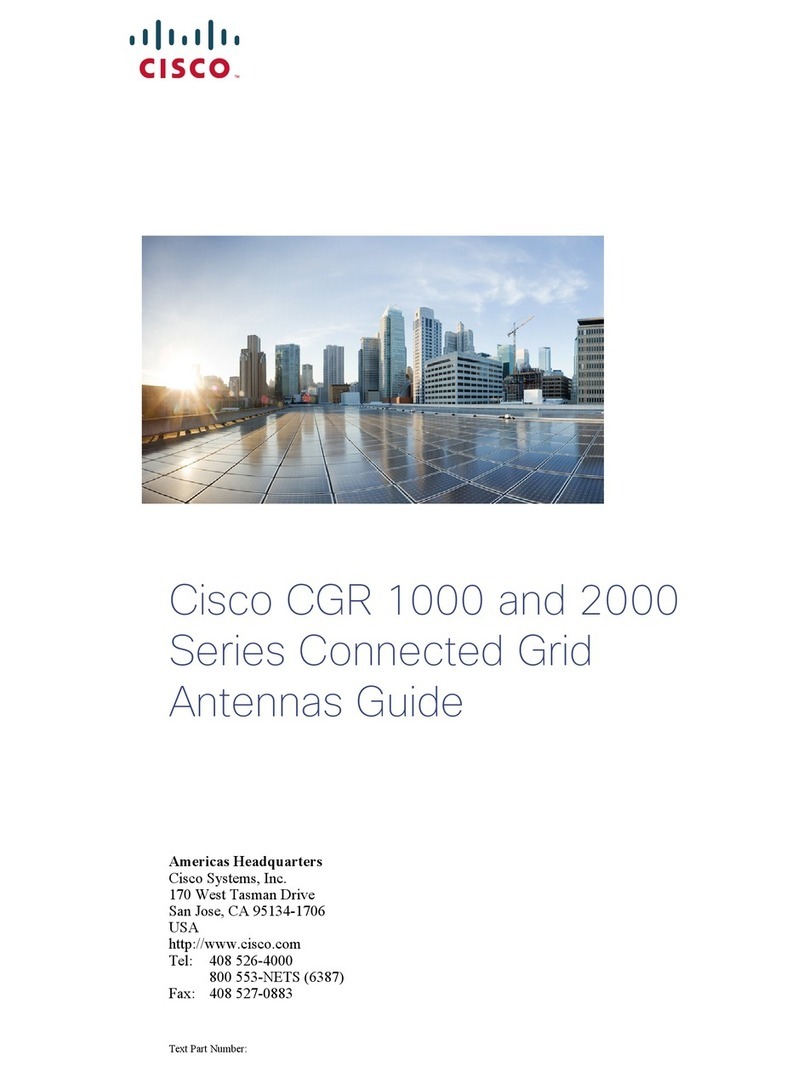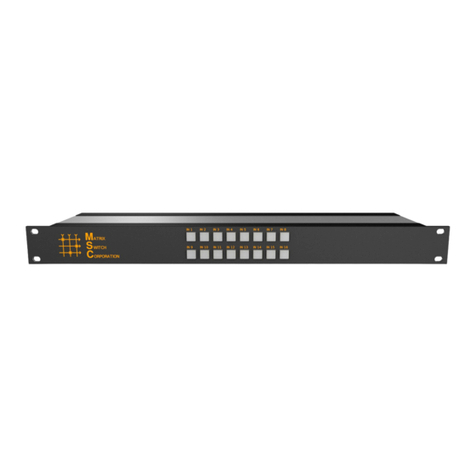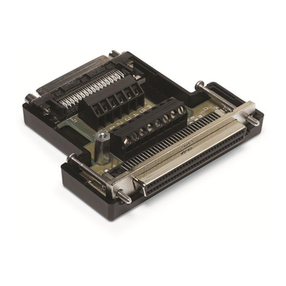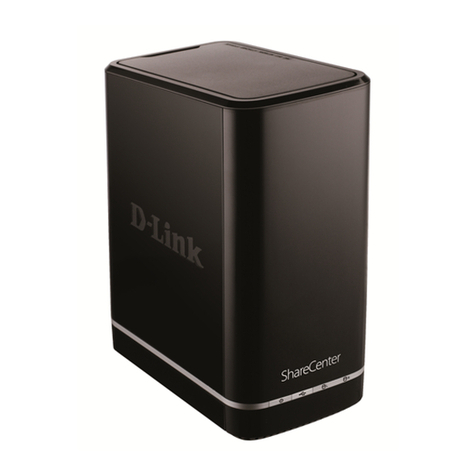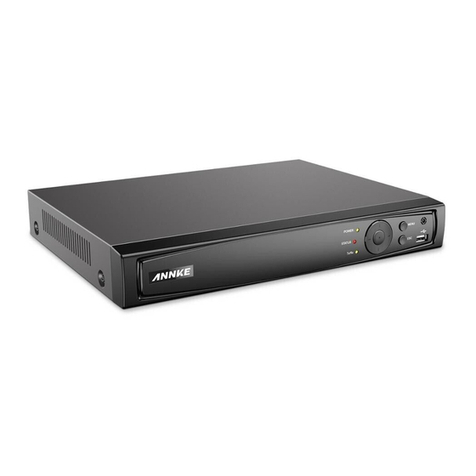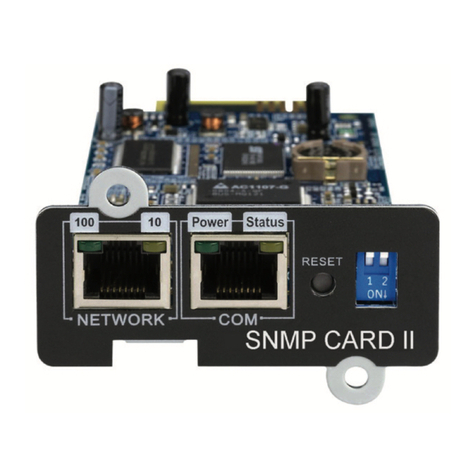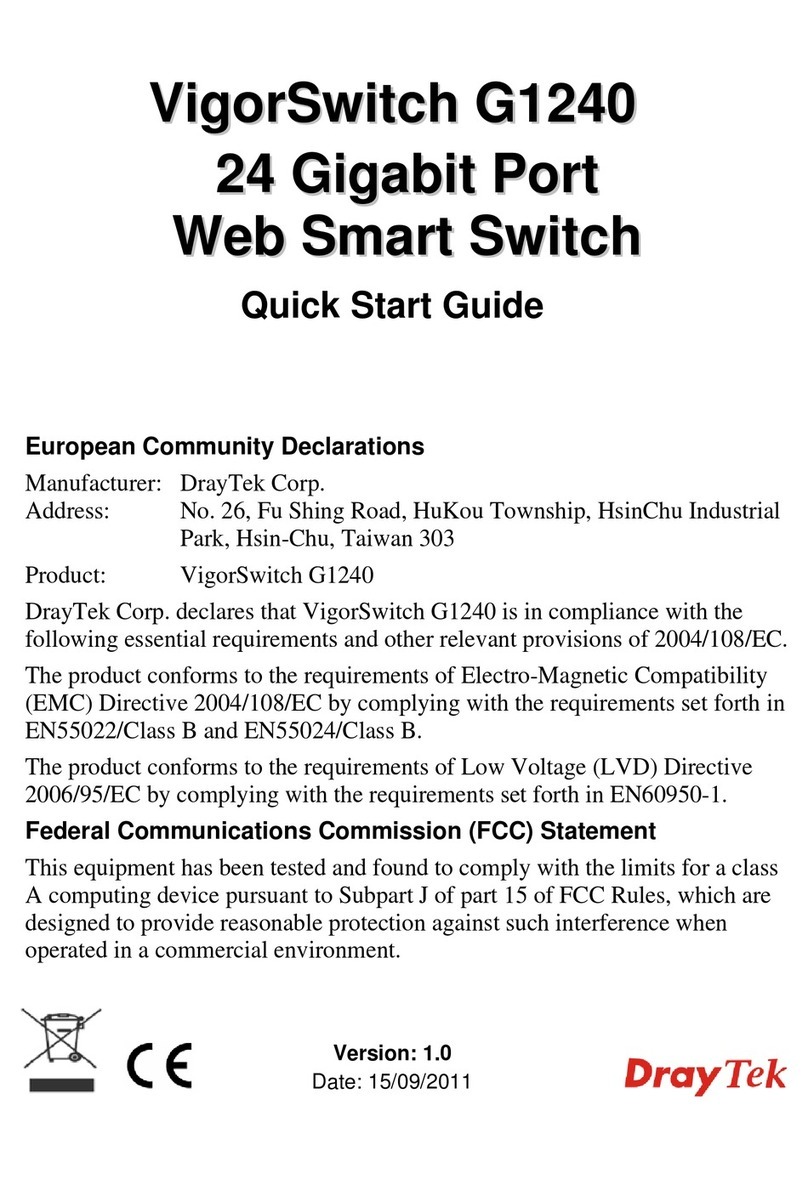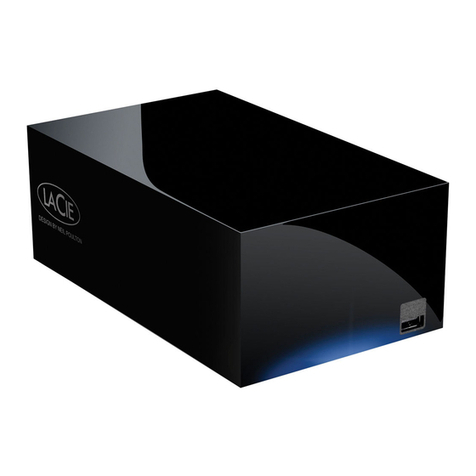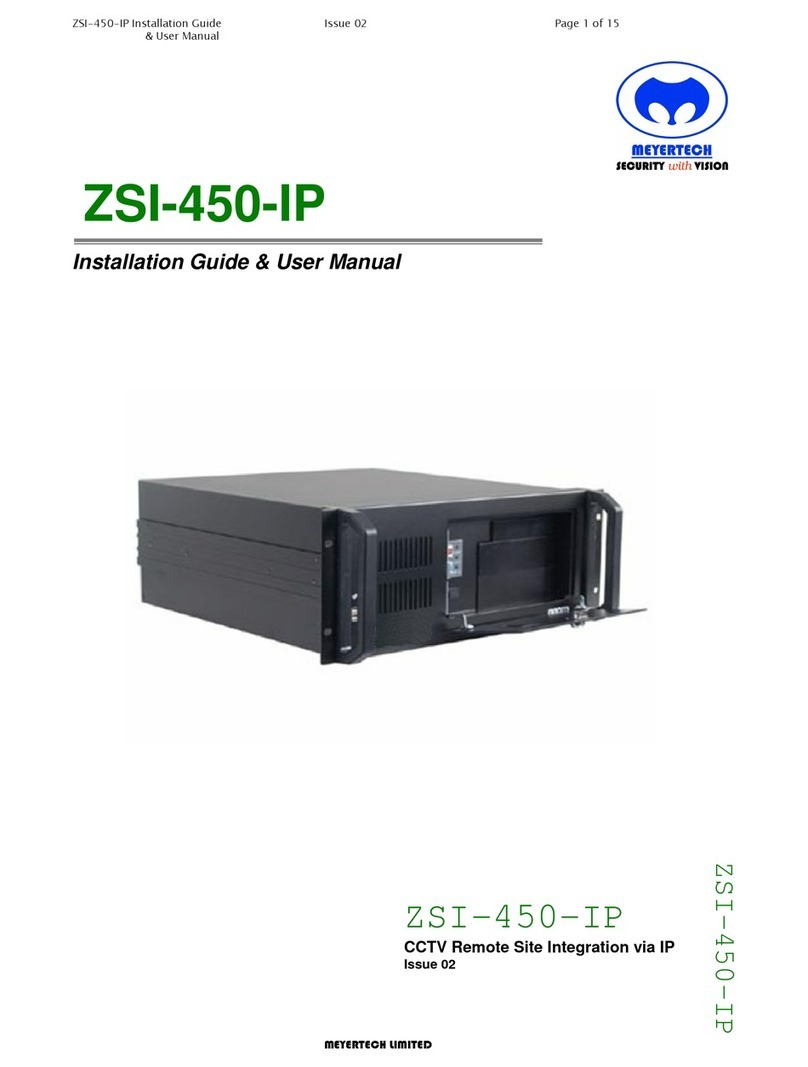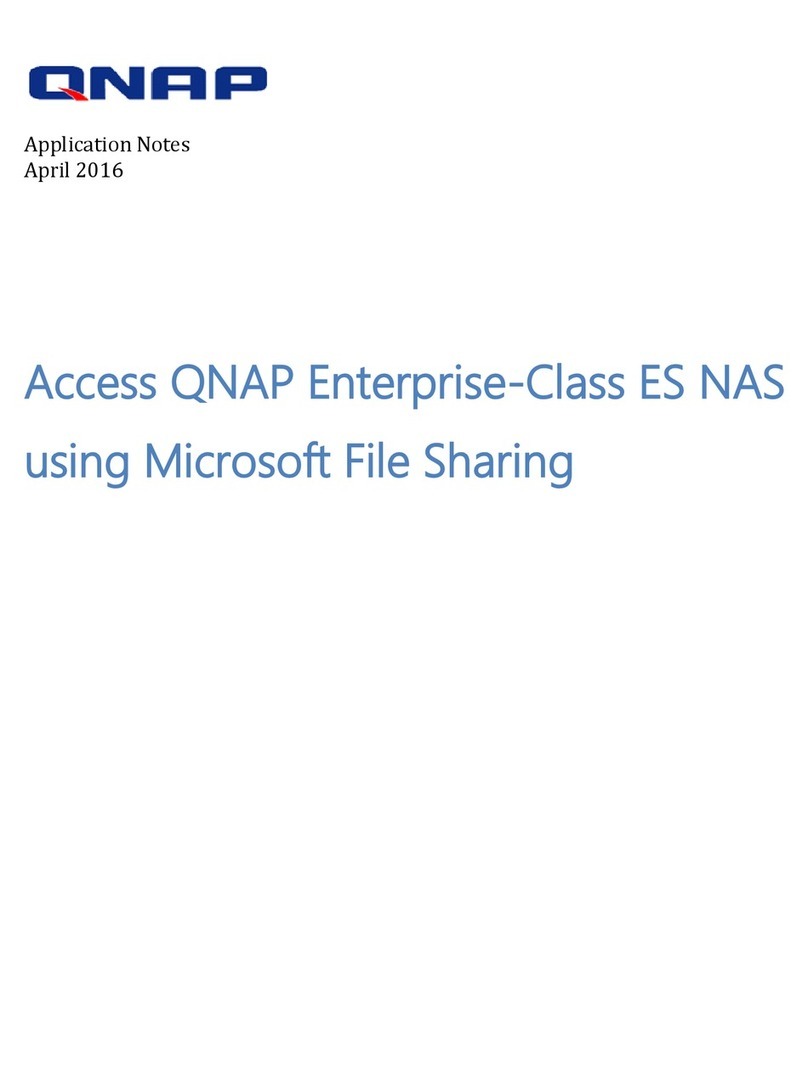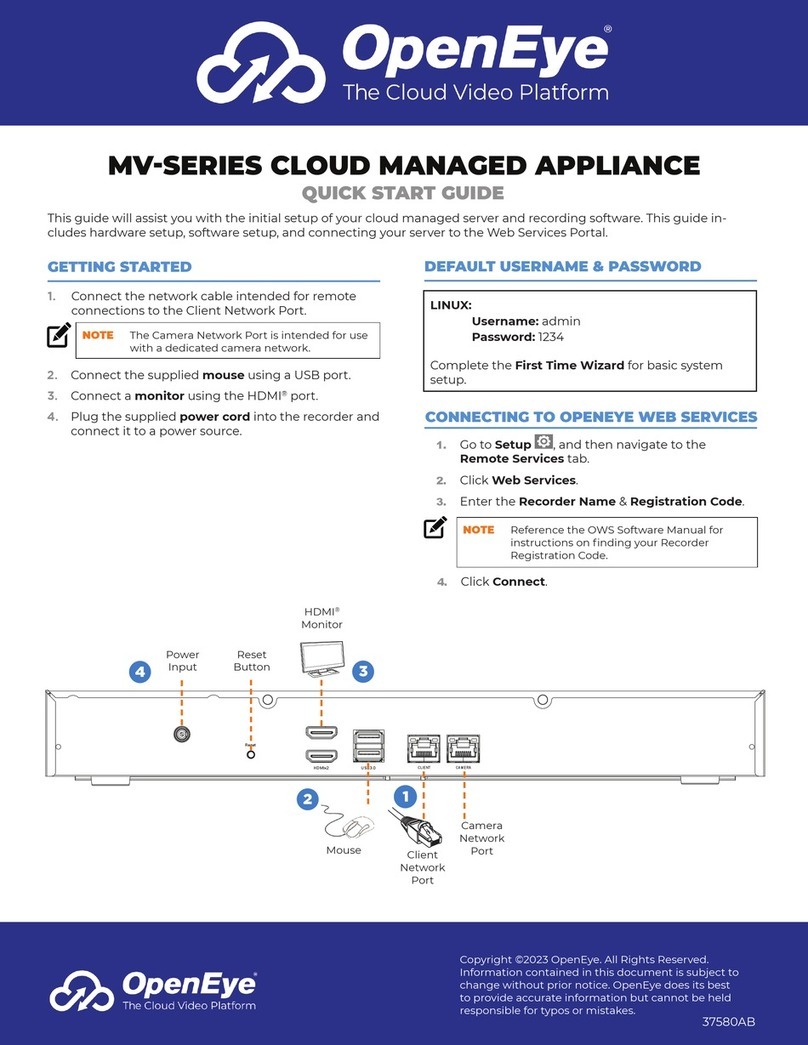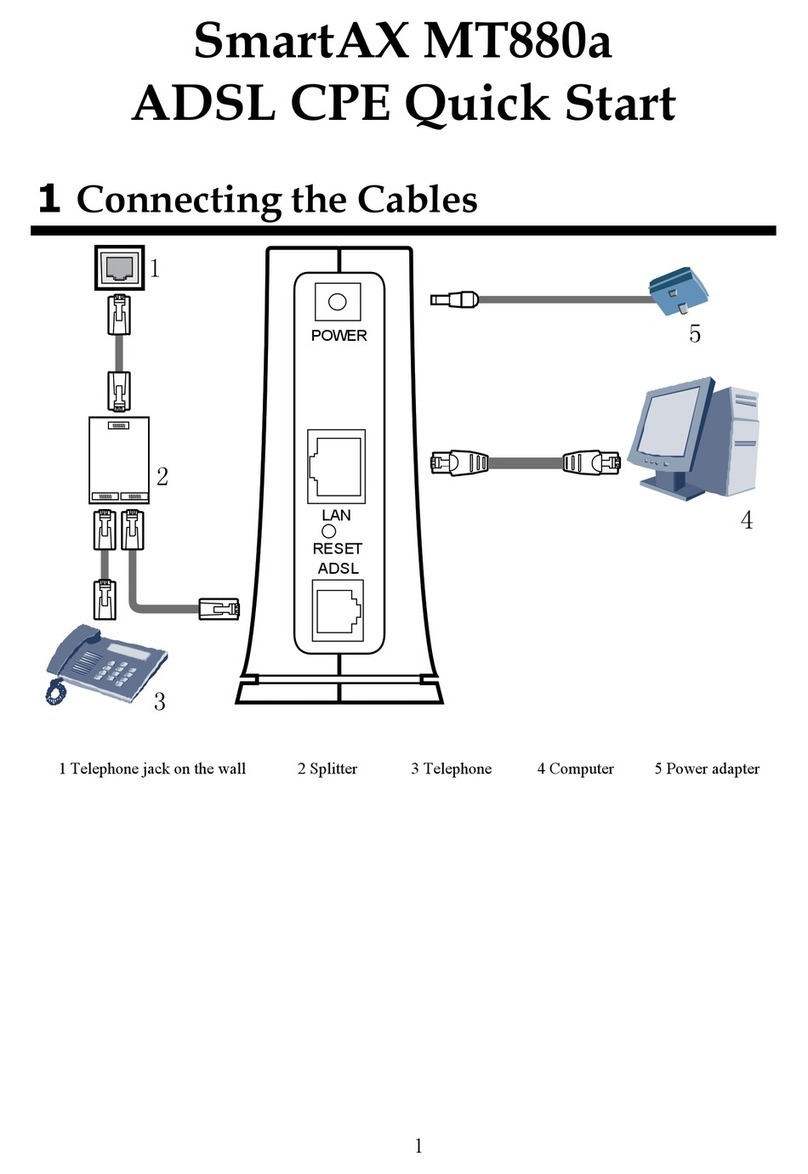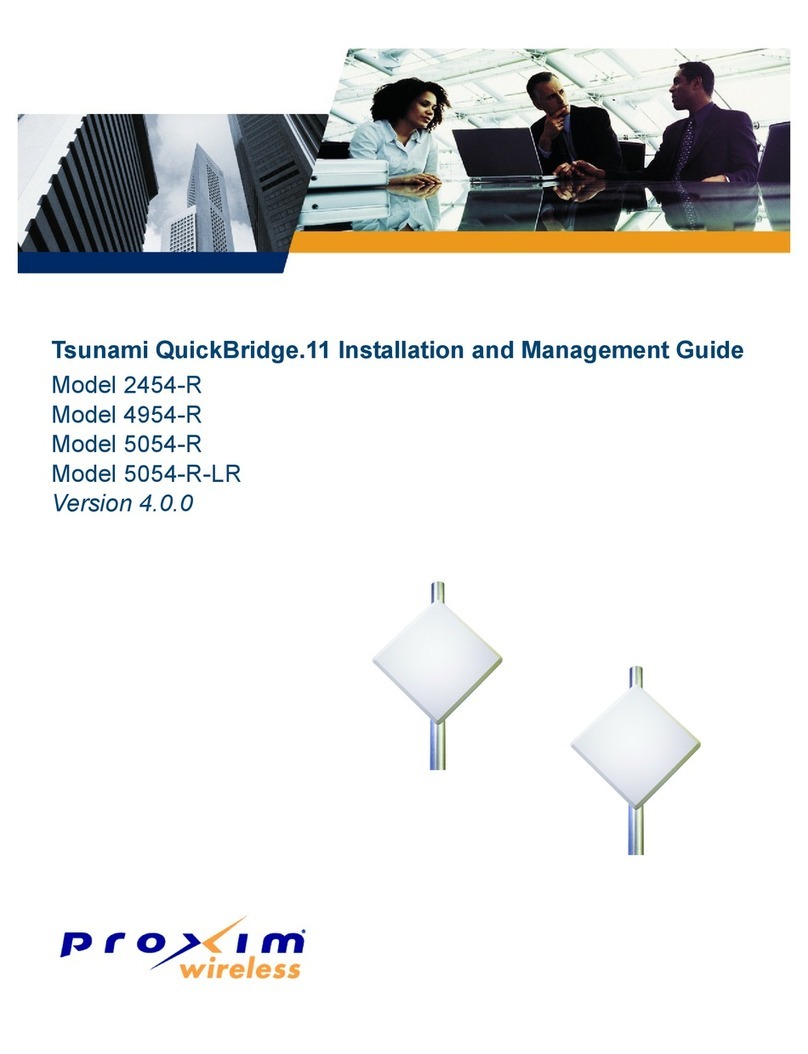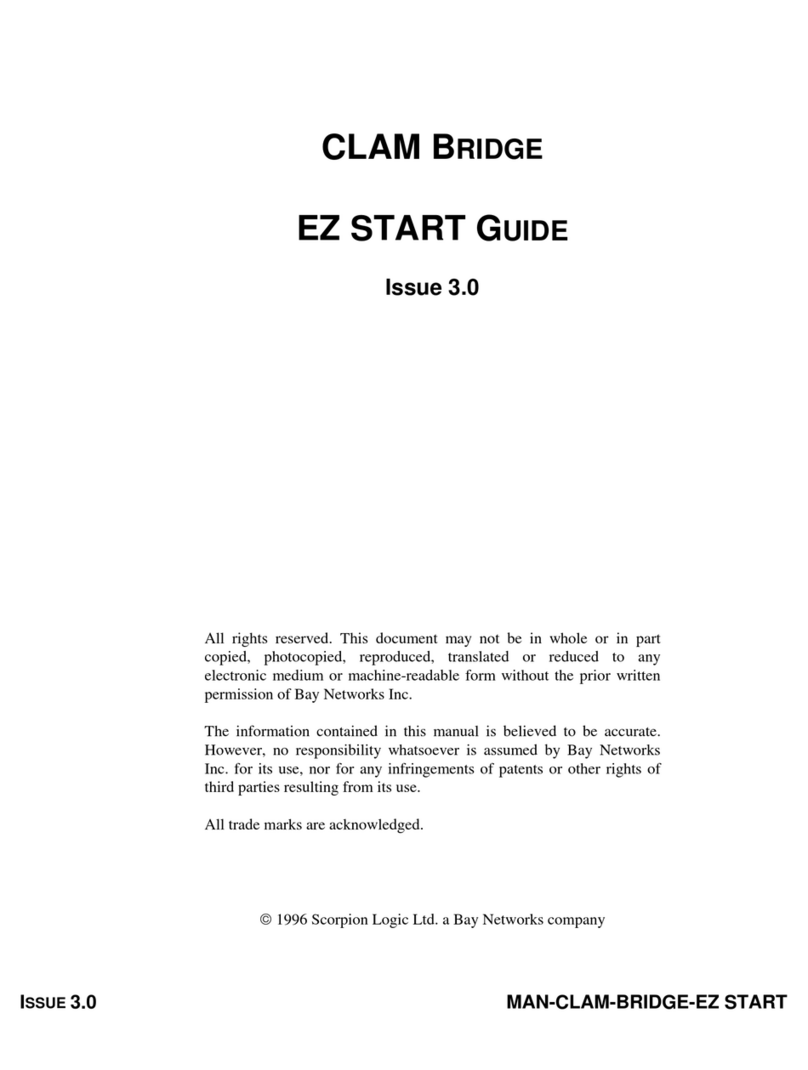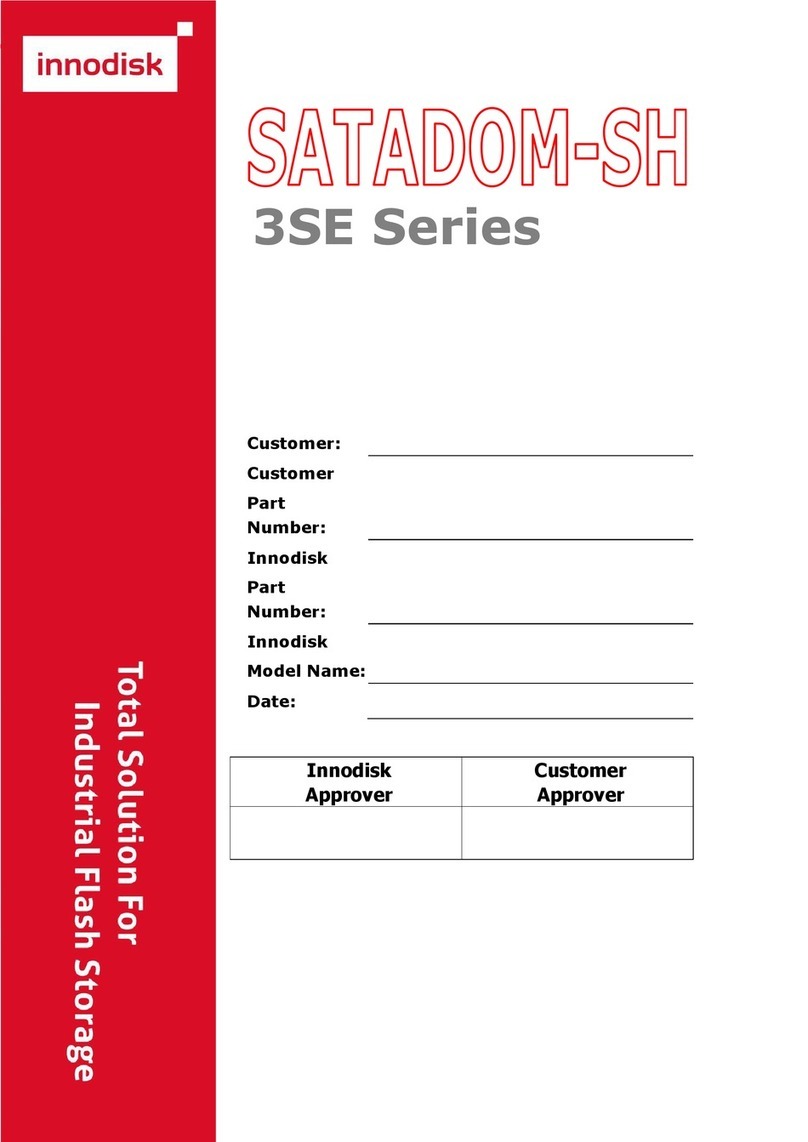Content
Chapter 1 Description of Panels....................................................................................................................................1
1.1 Front Panel.......................................................................................................................................................1
1.2 Rear Panel........................................................................................................................................................1
Chapter 2 Installation and Connections........................................................................................................................ 2
2.1 NVR Installation..............................................................................................................................................2
2.2 Hard Disk Installation..................................................................................................................................... 3
Chapter 3 Menu Operation............................................................................................................................................ 4
3.1 Menu Structure................................................................................................................................................ 4
3.2 System Login...................................................................................................................................................5
3.3 Using the Setup Wizard...................................................................................................................................5
3.3.1 Guide.................................................................................................................................................... 5
3.3.2 Time—Language Configuration.......................................................................................................... 6
3.3.3 Network Test.........................................................................................................................................6
3.3.4 Install Mobile App and Add Device.....................................................................................................7
3.4 Network Setting...............................................................................................................................................7
3.5 Add IP Cameras............................................................................................................................................... 8
3.6 Recording Setting.......................................................................................................................................... 11
3.7 Playback.........................................................................................................................................................12
3.8 Backup........................................................................................................................................................... 13
3.9 Alarm Setting.................................................................................................................................................14
3.9.1 Motion Detect.....................................................................................................................................14
3.9.2 Video Blind.........................................................................................................................................15
3.9.3 Video Loss.......................................................................................................................................... 15
3.9.4 Abnormality........................................................................................................................................16
3.10 Email Setting............................................................................................................................................... 16
Chapter 4 Remote Control...........................................................................................................................................18
4.1 Accessing by Web Browser...........................................................................................................................18
4.2 CMS...............................................................................................................................................................21
4.3 Accessing by Mobile Phone.......................................................................................................................... 22
4.3.1 iPhone / iPad.......................................................................................................................................22
4.3.2 Android............................................................................................................................................... 23
Chapter 5 FAQ & Troubleshooting............................................................................................................................. 24
